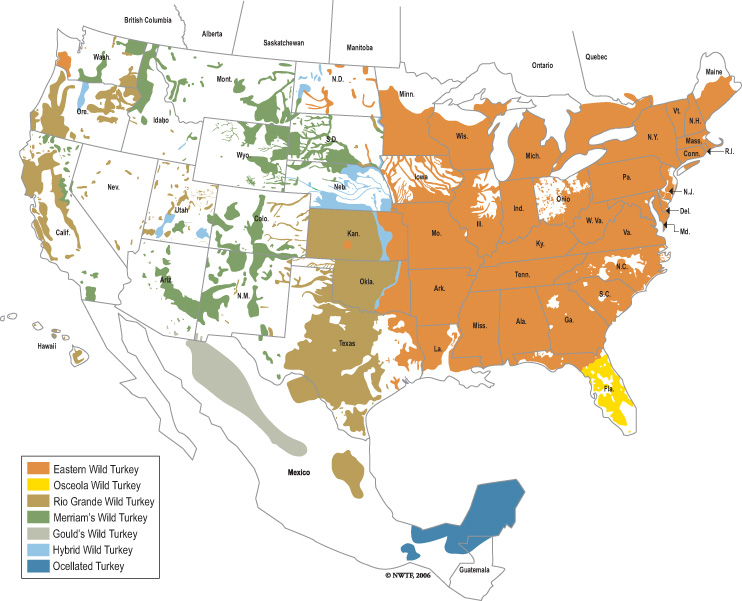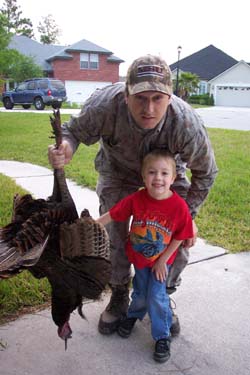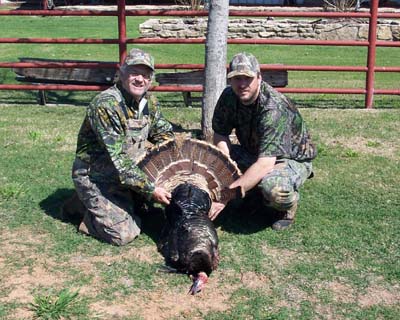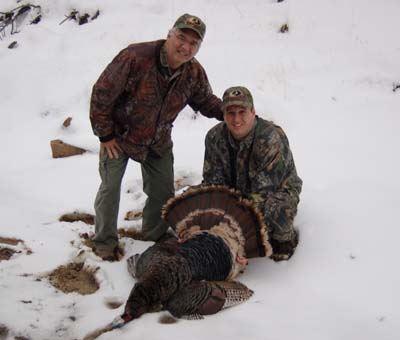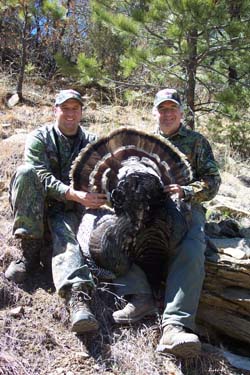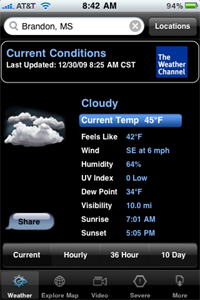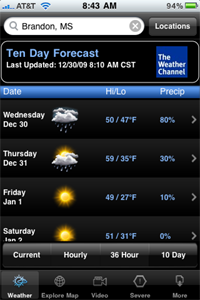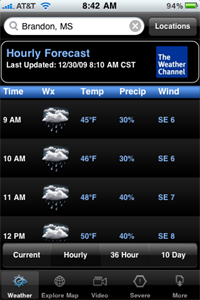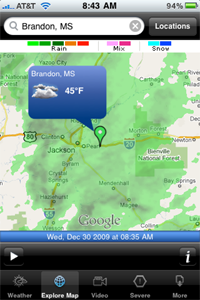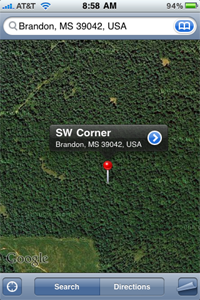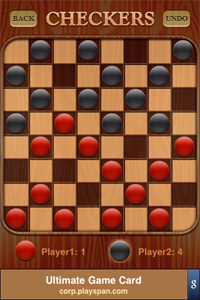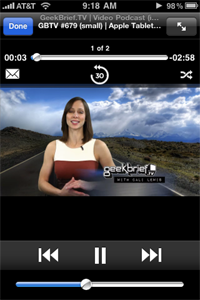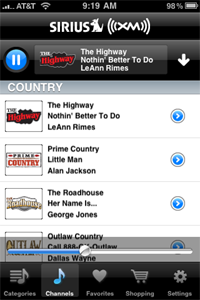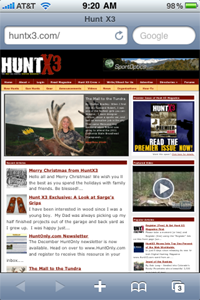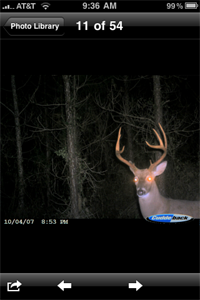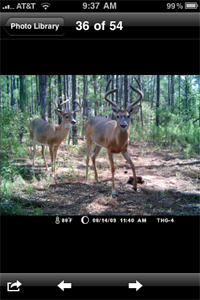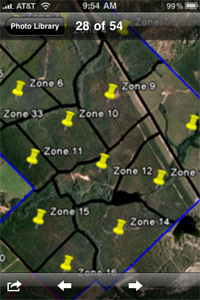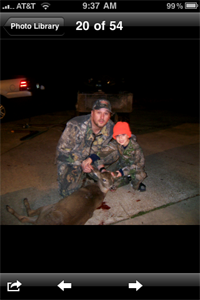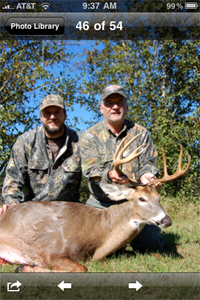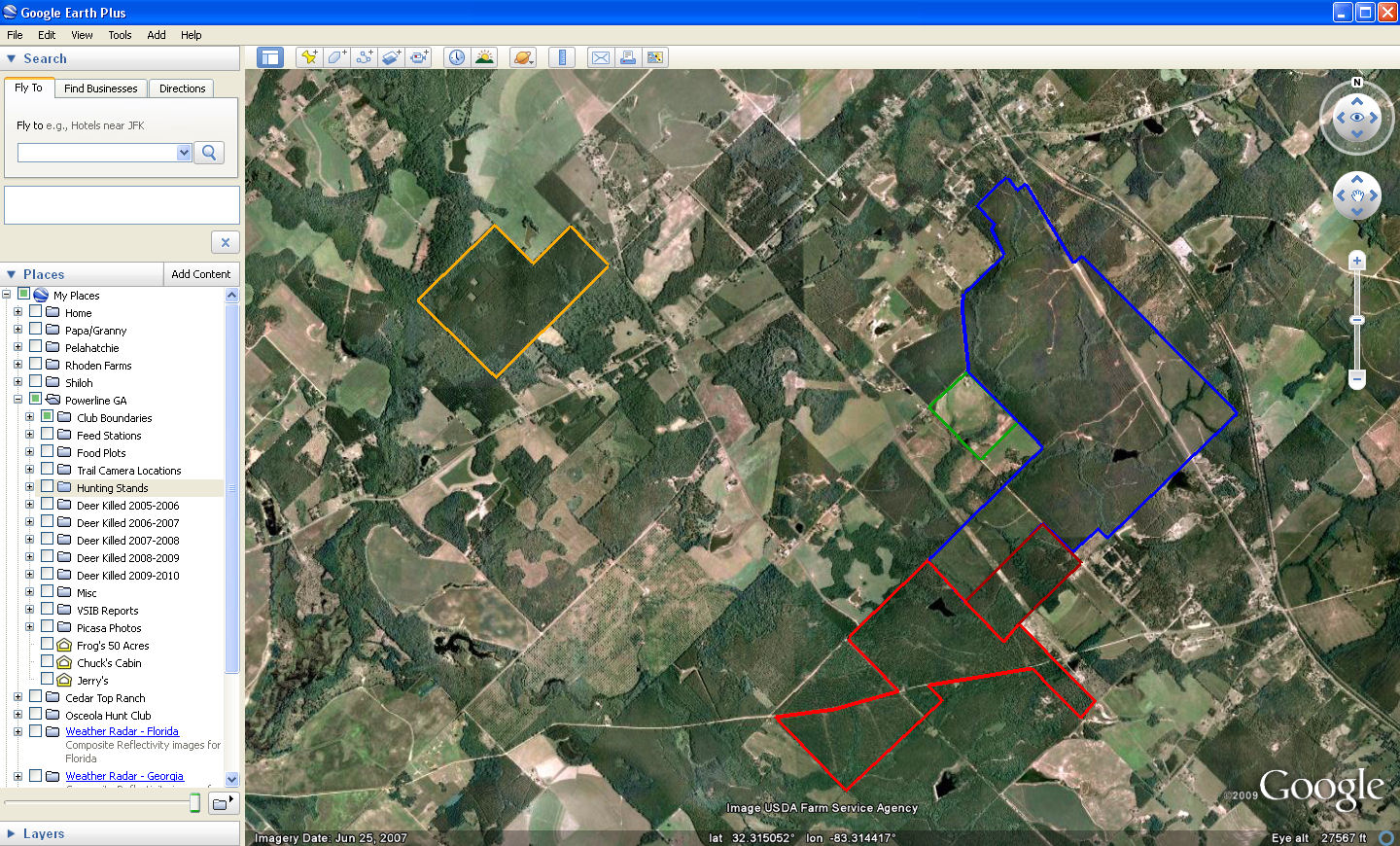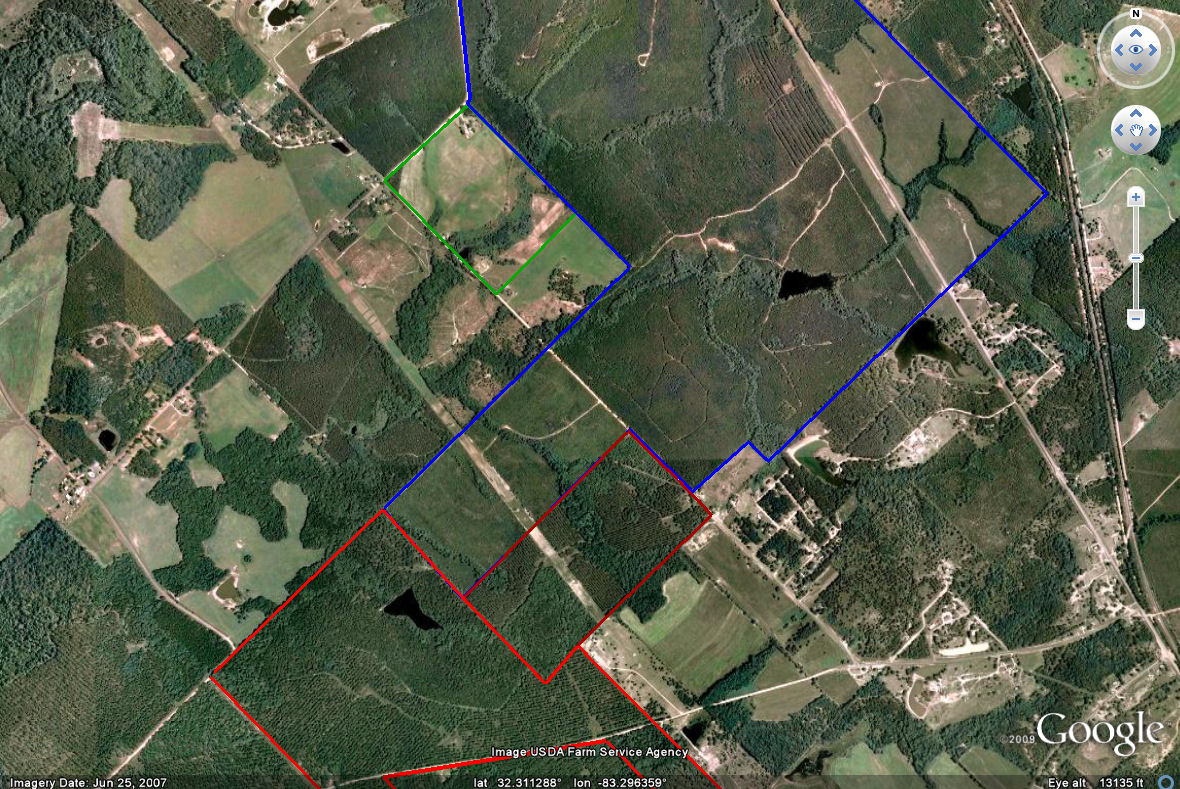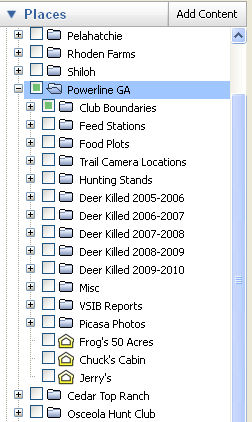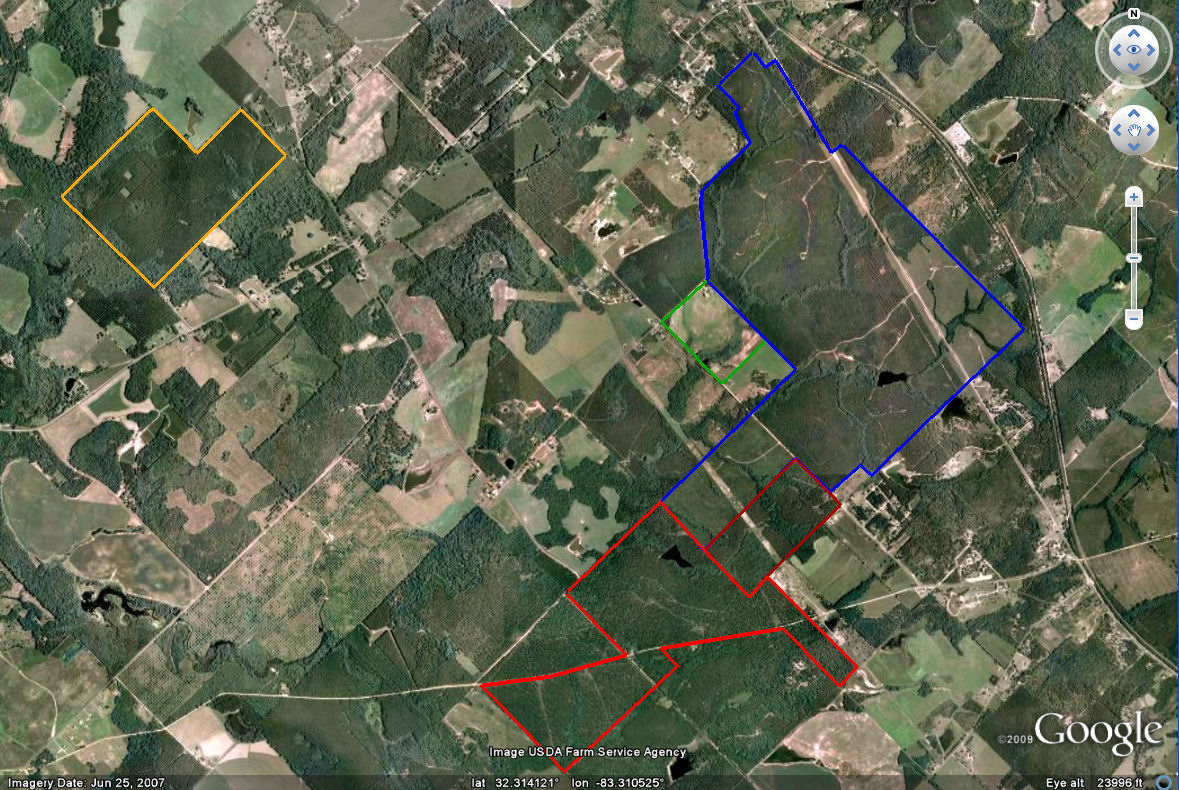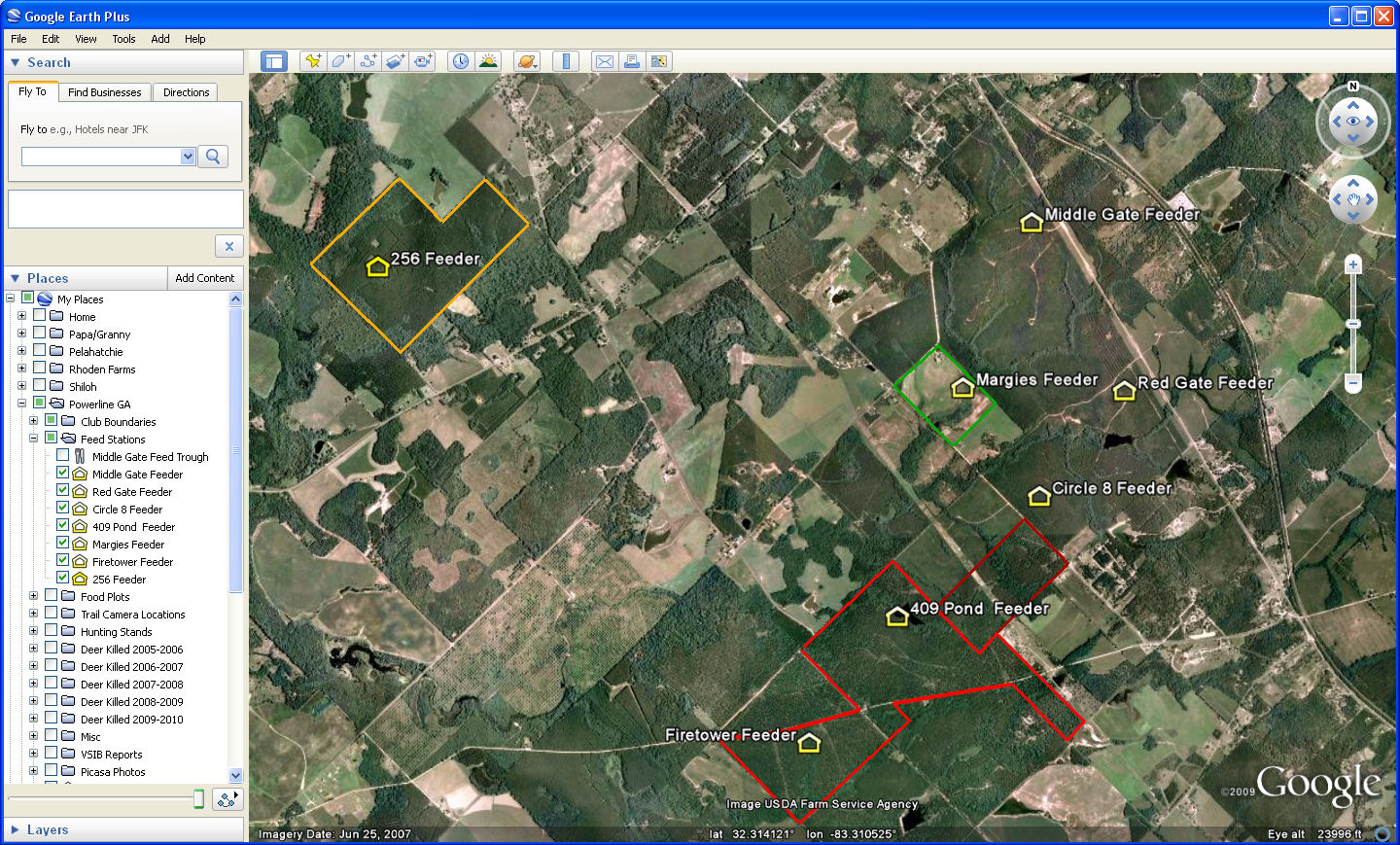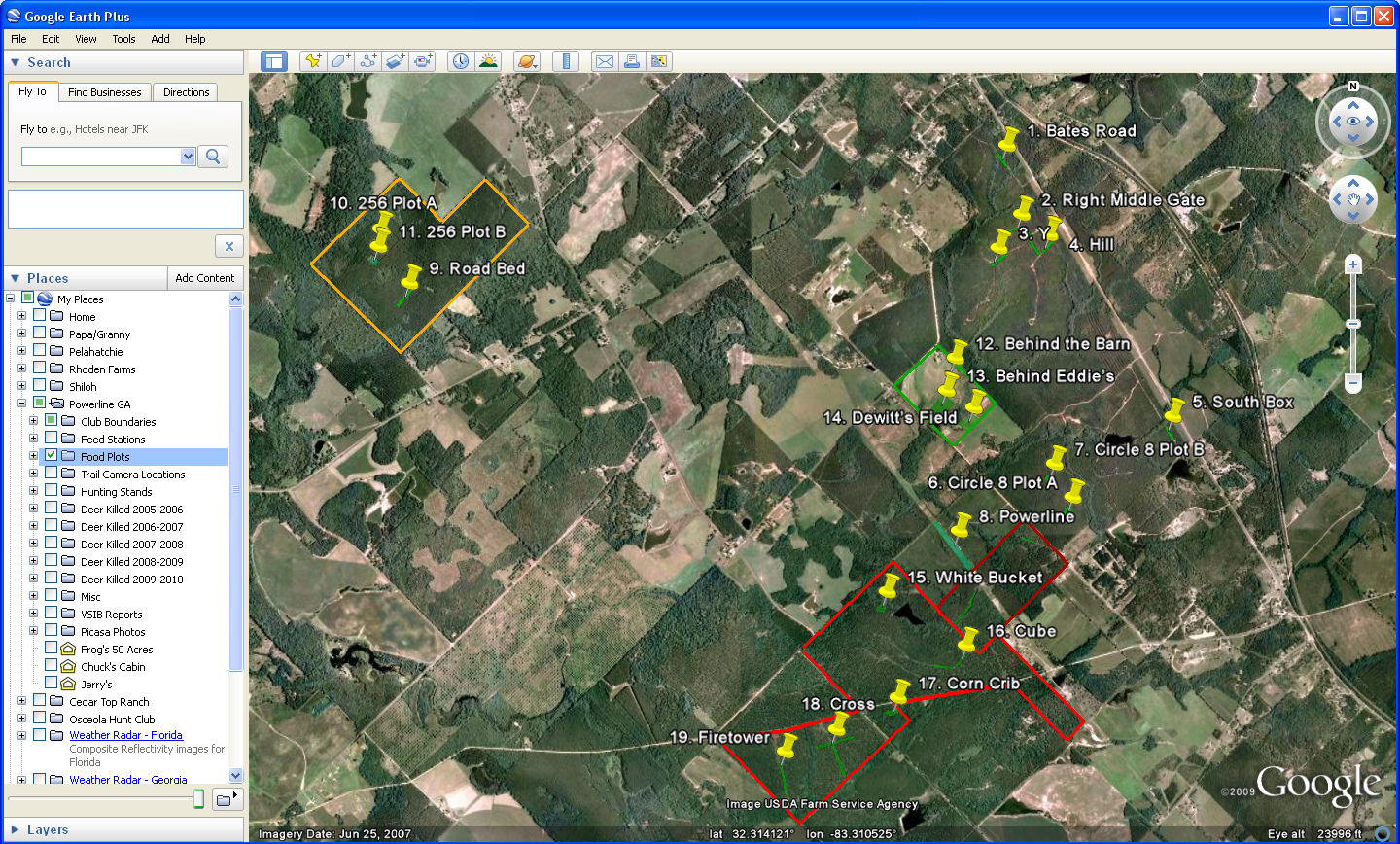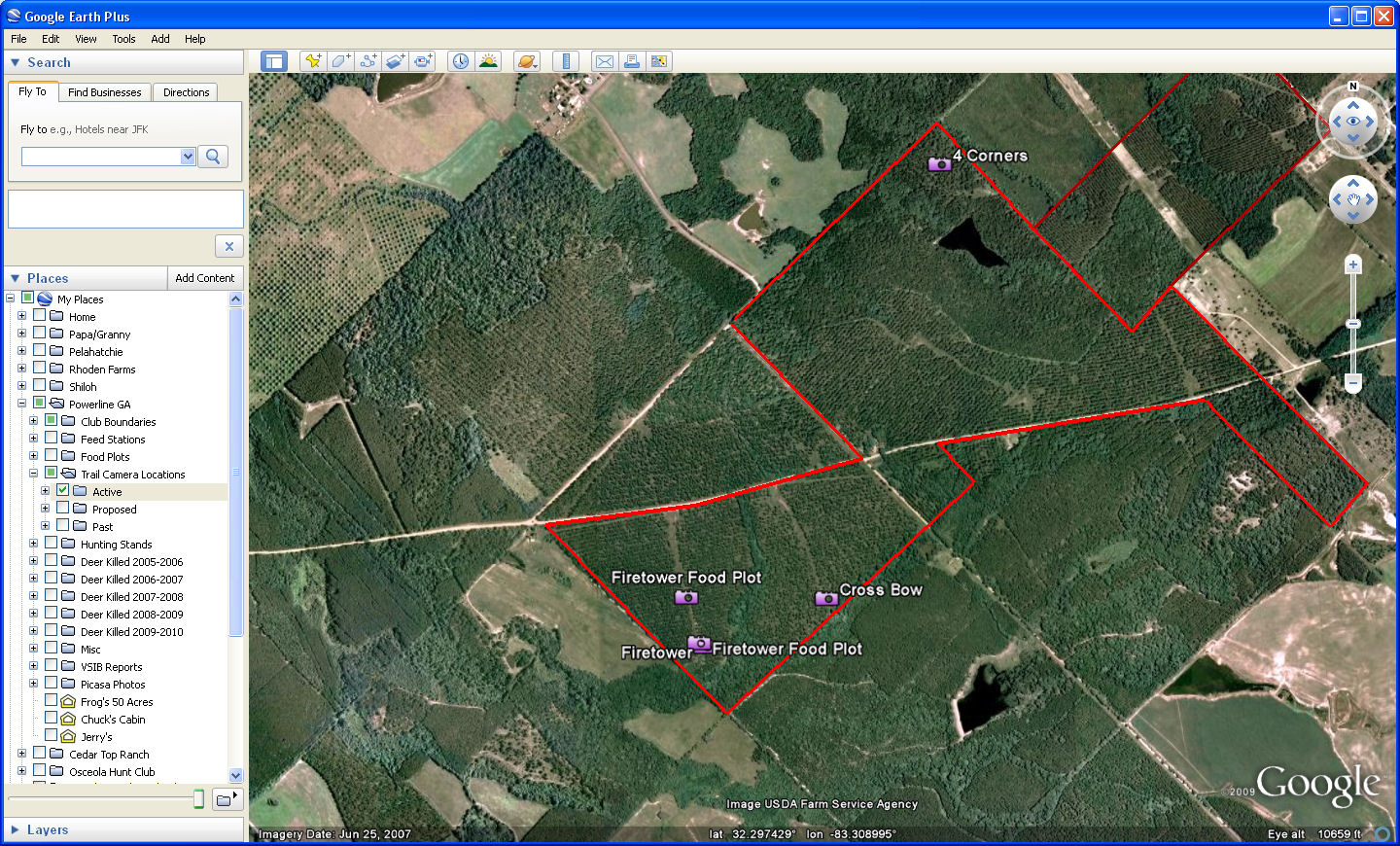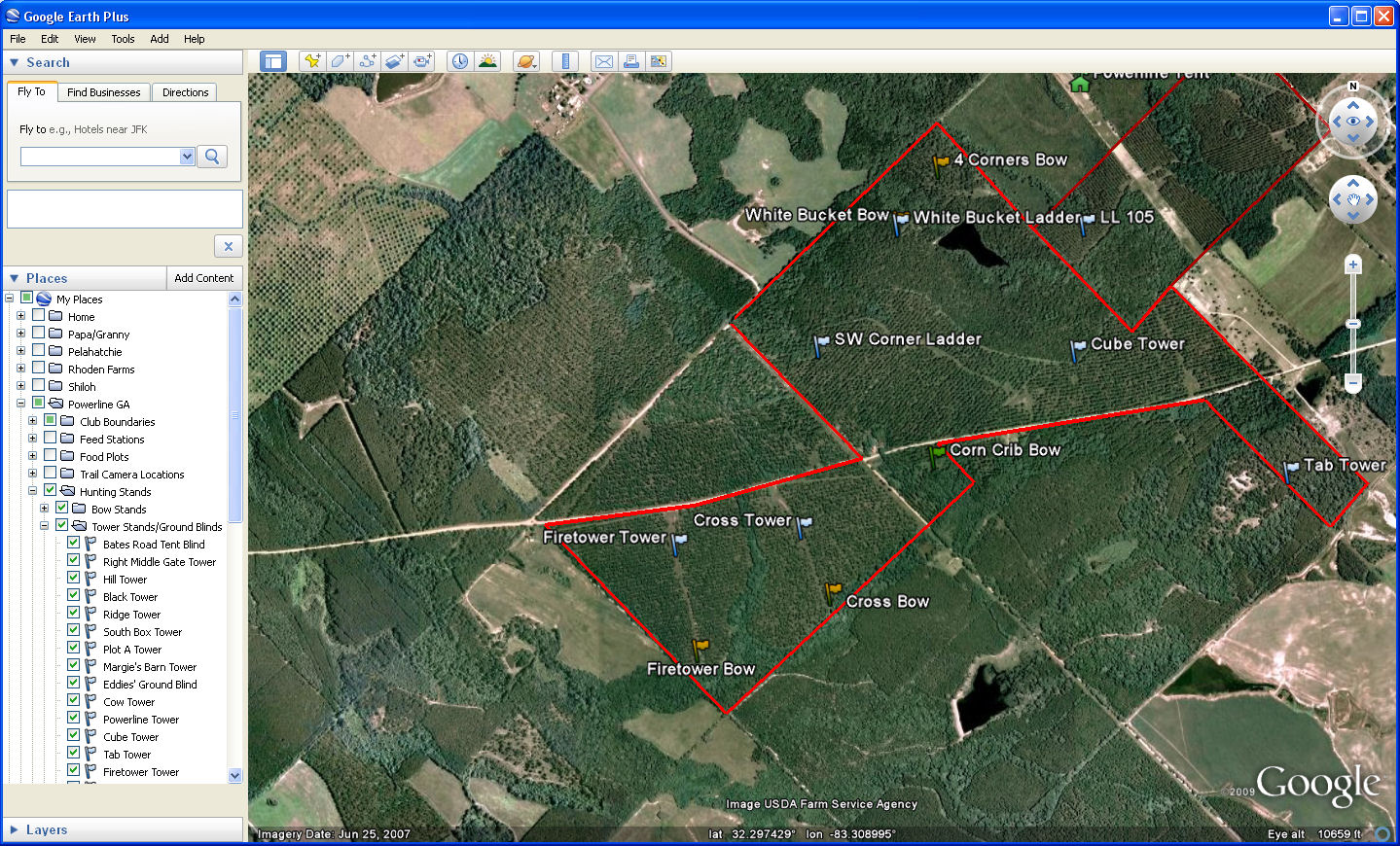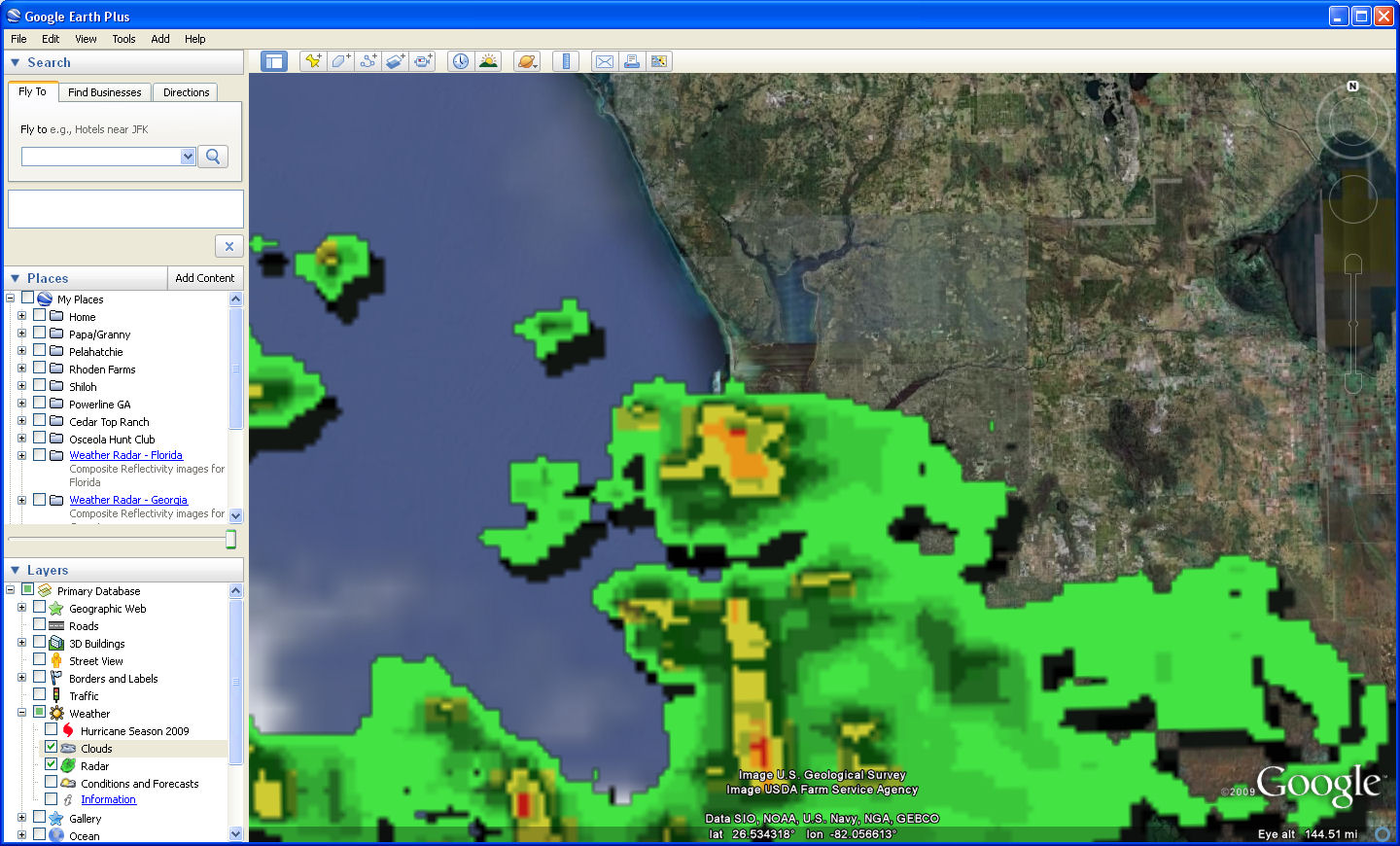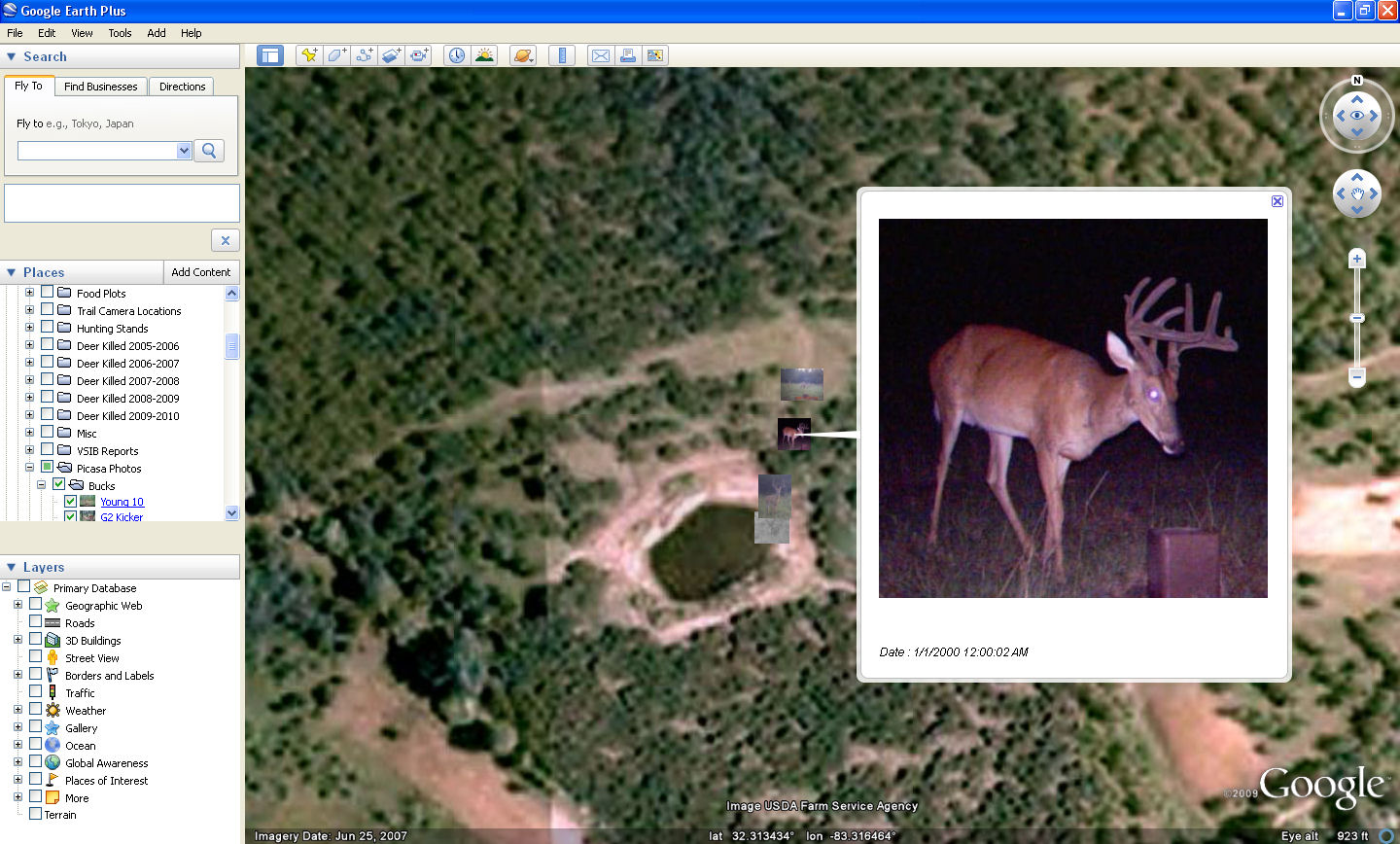Note: This article was written for the May 2010 issue of HuntX3 (www.huntx3.com) – View the pretty magazine layout PDF version here.
I know “what’s in your turkey vest?” is a rhetorical question but it makes you think about your own turkey vest and what equipment you have in it. Since there is no way for me to know what you have in your vest, than I am going to talk about what’s in my vest and what equipment I use. I got the idea of writing this article when I started to pack my vest for the upcoming season. I am always adding things to my vest especially when I talk to other turkey hunters or watch them in action on TV. Maybe this article will help out new turkey hunters and might even offer suggestions to an old veteran hunter that he or she might not have thought of before.
Obviously you need to start with a turkey vest. Turkey vests have evolved from being simple thin layered vests having a couple of pockets to having zillions of different size pockets hidden all over the place with comfortable flip out seats. Some of the new vests come with instructions to explain where all the pockets are located and what equipment can go in them. This year I have even seen a new vest that comes with mesh materials on the back that you can pull over the top of you to make yourself into an instant portable blind. Wow! What evolution the hunting industry has come up with!

Now that we talked about the importance of a vest you are asking yourself, “what do you put in it first?” It is not what you think; no calls or shotgun shells but instead my Thermacell with all of its refills and a can of bug spray. My theory is to be successful in the woods, you need to be comfortable and any type of bug buzzing around your head is not going to allow you to be comfortable. Any experienced turkey hunter has forgotten their bug repellant at least once and know what I am talking about. Along these same lines, I carry a portable rain suite. No one likes wearing wet clothes and a good rain suite can make your life more comfortable in the wet woods.

Next I gather all my calls and put them in my vest. I use primary box calls and I like to carry many of them because of their different sizes and makes. They provide me with different tones and pitches. I have had times when I had a gobbler stalled out at 60 yards not wanting to come in and just by switching to a different call pushed him over the top and he came on in for the shot. I also carry box calls that do not use chalk and are waterproof for those rainy hunts. Another good rainy day call that I carry is a slate call and sometimes I use it to simulate fighting hen purrs. My last calls consist of shock calls such as my gobbler, crow, coyote, and owl calls.

I also believe in a good pair of binoculars. I pack these in my vest so I will have them there when I need them. I also like to carry a laser range finder. If time permits, I will range my decoys and various surroundings to get an idea of how far I can shoot. Knowing this range can be the difference in harvesting a bird successfully versus shooting too early when you “thought” he was in range. In my experience judging distances in large open fields can be misleading and a range finder can alleviate this common error.
Another must carry for me is my portable GPS. I hunt some big tracks of land and sometimes when I am chasing a gobbler, I can get turned around and can lose my bearing. By having a GPS unit in my vest, I have the confidence to worry about the gobbler instead of constantly worrying about my location.

With the evolution of the turkey vest, bigger pockets in the back have allowed me to carry soft turkey decoys without adding much additional weight. I personally like to use the real mounted turkey decoys but in my experience you do not always have them on you due to their bulkiness and weight. But I do have a couple of soft decoys stuffed in the back that I can quickly deploy if the opportunity presents itself; especially during those “running and gunning” hunts.

Now I am going to talk about the items I call the accessories. My number one accessory is a half roll of toilet paper. You never know when Mother Nature strikes you and any good woodsman is always prepared. Another must carry is a couple sets of gloves and a head mask. Turkeys have unbelievable eye sight and everything you can do to combat that is a must. I also normally pack 10 shotgun shells in my vest which I feel is more than enough plus extras for those unexpected situations. I like to carry a couple of flashlights. I carry a LED flashlight for early mornings because it has a tendency not to be as bright and I carry a more powerful flashlight for coming out of the woods at night. I also like to carry a monopod gun rest in the back of my vest. You never know how long you might have to hold your gun while the gobbler moves into position and this can help you with those long periods of time to steady your shotgun. My final accessory and one that I added last year is a set of brush trimmers. These are handy for making ground blinds and can be used quickly to trim shooting lanes when that gobbler has responded to your call and is on his way. The trimmers also store very easily in my vest.

There are other things I carry that deserve to be mentioned but these are the little things that support all the other equipment. These are: box call chalk, a turkey tote for carrying out a bird, extra batteries for my red dot sight and flashlights, a sewing tape measure for scoring your harvested turkey, bottle of water, goggles for keeping dirt and debris out of your eyes in those windy hunts such as in Texas, a hand towel for sweat and other things that might need wiping, and often some type of snacks for those all day hunts.

So, in conclusion, everything you put in your vest has a purpose with a goal of helping you be successful in harvesting that big Ole’ Tom. Now that you have read about what is in my vest, go over to the forums at HuntX3 (www.huntx3.com) and discuss with me and other fellow thunder chicken hunters what you have in your vest. I look forward to learning new possible items that I can add to my vest. Good luck this season fellow turkey hunters!
